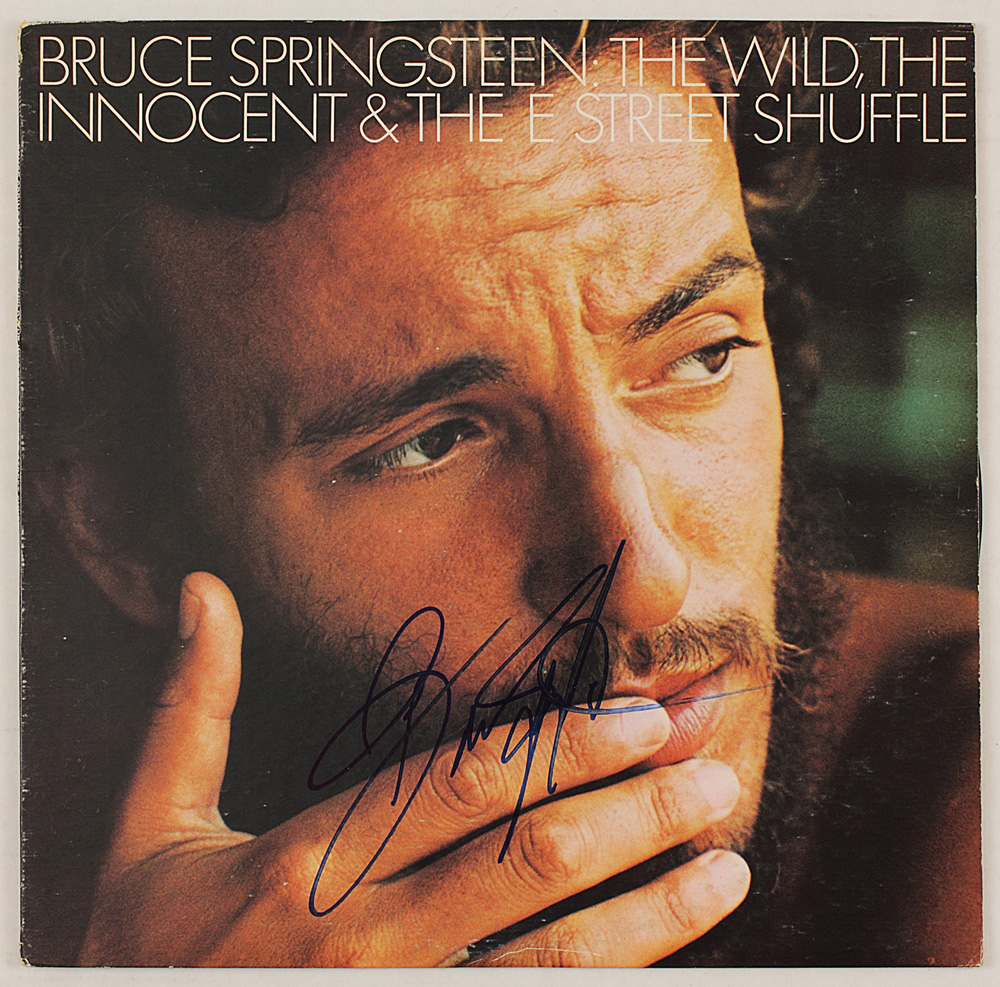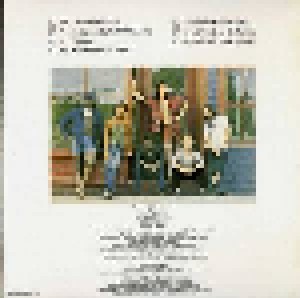

Some issues, like civil rights, the sexual revolution, and Vietnam, belonged as much to the ‘70s as to the ‘60s. Far from being an era of complacency and narcissism, the decade gave rise to social, political, and cultural debates that built on and even surpassed the era of Kennedy and King. Standing in sharp contrast with the turbulent ‘60s, the ‘70s seem to have given rise to a popular repudiation of the high-minded spirit evident in the civil-rights, student, and anti-war movements.īut the story of the ‘70s is much more complicated. Since 1976, when Tom Wolfe branded the seventies as “the Me Decade,” Americans have tended to write off the era as a socially and politically barren time during which millions of people descended into mindless self-absorption. The rise of Bruce Springsteen is in many ways a typical rock success story, but it also reveals a great deal about one of America’s most contested eras.


#SPRINGSTEEN THE WILD THE YOUNG E STREET SHUFFLE FULL#
each Friday afternoon on WMMS, to “officially launch the weekend.” Set against the E Street Band’s energetic blend of horns, keyboards, guitars, and percussion, “Born to Run” was a rollicking ballad of escape, packed full of cultural references that working-class listeners recognized immediately. In working-class Cleveland, the DJ Kid Leo played the song religiously at 5:55 p.m. In Philadelphia, demand for the title track was so strong that WFIL, the city’s top-40 AM station, aired it multiple times each day. Young people flooded record stores seeking copies of the new single, which didn’t yet exist, and radio stations that hadn’t been on Appel’s small distribution list bombarded him with requests for the new album, which also didn’t exist. Within weeks, it became an underground hit. Sensing the need for a smash, in late 1974 Mike Appel, Bruce’s manager, distributed a rough cut of “Born to Run” to select disc jockeys. Though his band spent virtually every waking hour either in the recording studio or on tour, their road earnings were barely enough to live on. and The Wild, The Innocent, and the E Street Shuffle, had been commercial flops.

Despite vigorous promotion by Columbia Records, his first two albums, Greetings from Asbury Park, N.J. Essential.Forty years ago, on the eve of its official release, “Born to Run”-the song that propelled Bruce Springsteen into the rock-and-roll stratosphere-had already attracted a small cult following in the American rust belt.Īt the time, Springsteen desperately needed a break. “New York City Serenade” is a beast, starting with David Sancious’ elegant piano intro and working its way to a dramatic conclusion. “Rosalita (Come out Tonight)” is archetypal Springsteen, complete with Clarence Clemons chasing the Boss with his ebullient sax while the lyrics tell of Bruce’s dreams of rock stardom. “Incident on 57th Street” is pure cinemascope, an elaborate tale that sweats like a classic early-‘70s film. “The E Street Shuffle” and “Kitty’s Back” are among the funkiest songs he’s recorded, while “4th of July, Asbury Park (Sandy)” and “Wild Billy’s Circus Story” are the warmest and most heartbreaking on the album. This is where Springsteen becomes an electric performer, with songs that invent new structures and court deep narratives. His second album, The Wild, the Innocent, and the E Street Shuffle, added his stellar E Street Band. His first album, the excellent Greetings from Asbury Park, N.J., presented a singer/songwriter with sharp lyrical skills and an emotional spectrum that could bring tears to the eyes of attentive listeners.


 0 kommentar(er)
0 kommentar(er)
